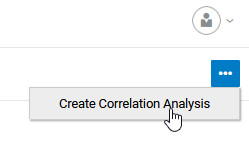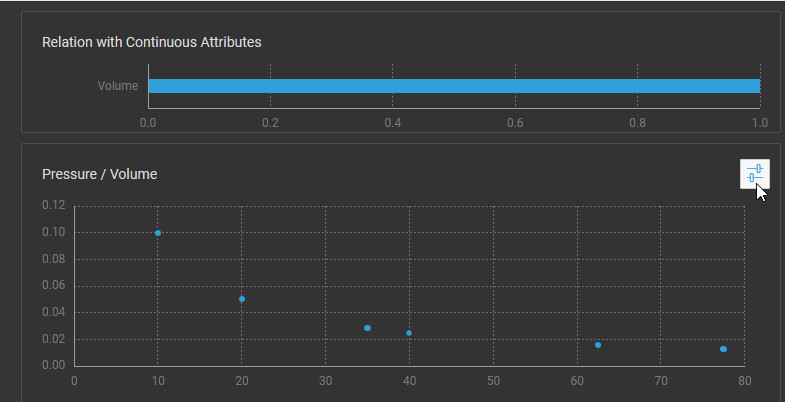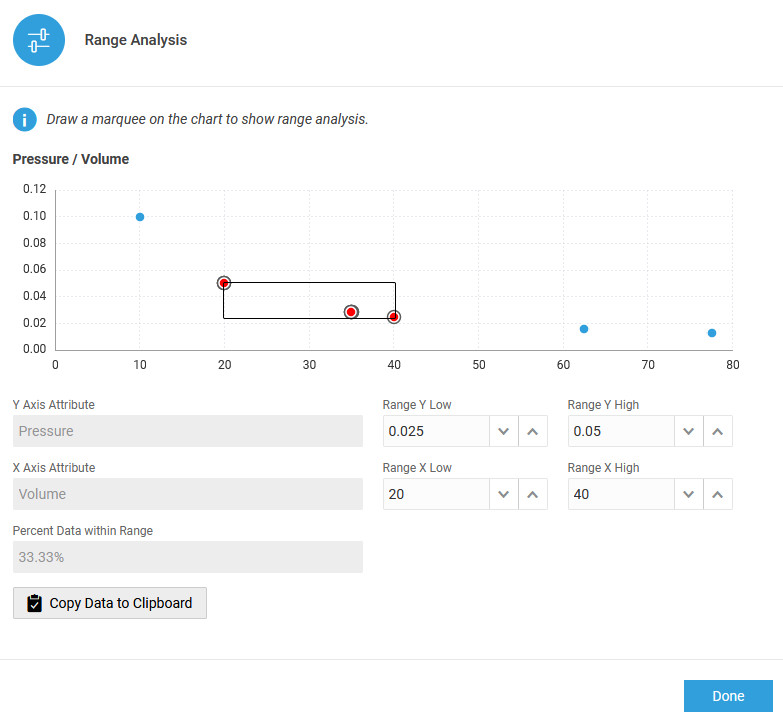Use Correlation Analysis for Your IoT Sensor Attributes
Use correlation analysis for your asset sensor attributes to visualize and understand the relationships between the various attributes. Correlation analysis can help determine optimal operating and maintenance parameters for your asset. Correlation analysis can also help determine the variables that correlate with unexpected asset failure.
Correlation analysis lets you explore the relationships between the available IoT data measurements and get insights into asset behavior. Correlation analysis also helps perform what-if scenario analyses and root cause diagnostics. Use correlation analysis to help set up your control systems, set up multivariate anomaly detection, and state-aware anomalies.
In addition to sensor attributes, you can also include dynamic custom attributes in your correlation analysis.
Create a Correlation Analysis for an Asset Type
Create a correlation analysis for an asset type to study the correlation between a target sensor attribute and one or more influencing sensor attributes.
Run and View a Correlation Analysis
Run a correlation analysis in Design Center to study the correlation between the selected target and influencing attributes. Depending on your correlation settings, the results of the analysis can also be viewed in the Operations Center.





